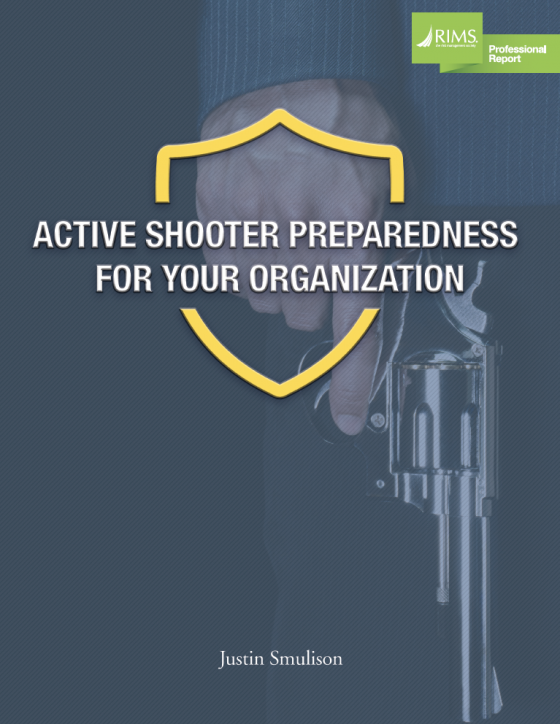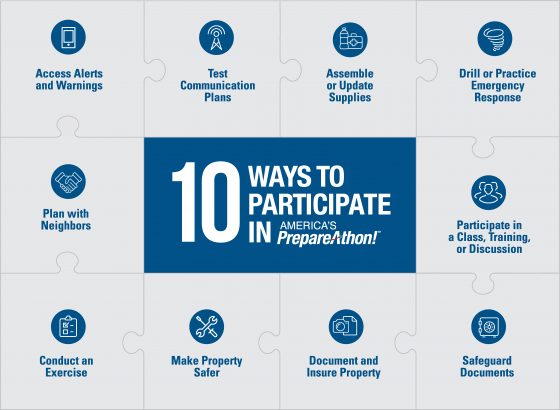
More than 51 mass shootings have already been documented by GunViolenceArchive.org in 2019, many of which occurred in commercial settings and workplaces. It is clear that workplace shootings are occurring regularly in the United States. By customizing an active shooter plan that focuses on prevention, training, feedback and post-incident protocols, employees will be mentally and physically prepared to react to violent threats, according to a new RIMS Professional Report titled, “Active Shooter Preparedness for Your Organization.”
Authored by RIMS Business Content Writer Justin Smulison and featuring insight from workplace violence and business continuity experts, the report highlights opportunities for risk professionals and their organizations to identify warning signs of potential attacks, best practices in communication and pre-event training, as well as strategies to implement a coordinated effort that minimizes injuries, property damage and reduces uncertainties.
“Physical security measures are nothing more than deterrents,” said Steve Smith, founder and president of Guardian Defense and report contributor. “Every individual in the organization needs to know how to respond to an active threat in order to mitigate the situation. Risk professionals are well-positioned within their organizations to drive discussions, awareness and take a leading role in the development of a workplace violence prevention and response strategy.”
The report is currently available exclusively to RIMS members. To download the report, visit RIMS Risk Knowledge library at www.RIMS.org/RiskKnowledge. For more information about the Society and to learn about other RIMS publications, educational opportunities, conferences and resources, visit www.RIMS.org.
For more threat preparedness insight from Steve Smith, download his interview on RIMScast and read his Q&A about school preparedness on Risk Management Monitor.

